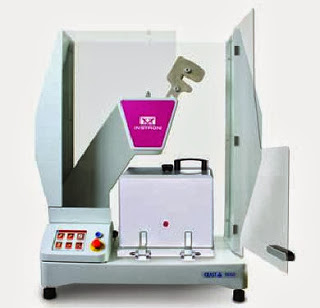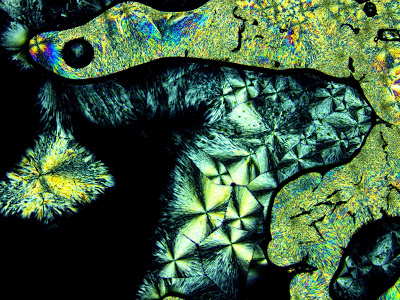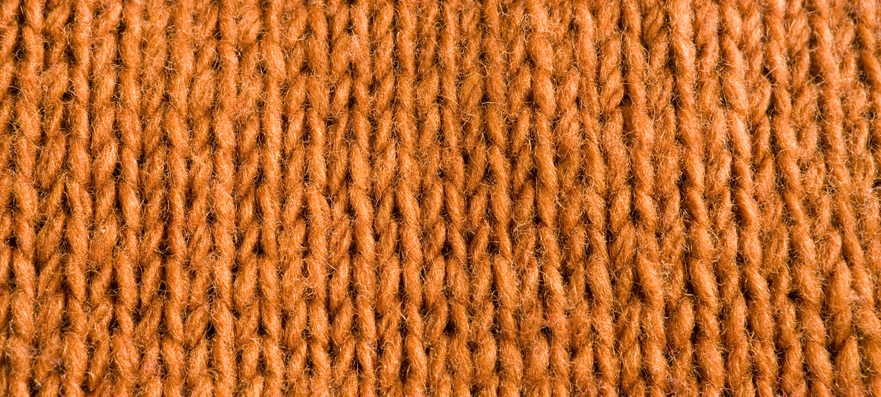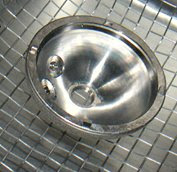Updates from the November F04 ASTM Meeting
The medical device task group of ASTM met in Jacksonville, FL from November 12-15th. The meeting starting with a workshop on modularity and tapers in total joint replacement devices, and discussed potential issues with femoral head fretting. The cleanliness task group worked on two draft standards. The first, a guideline for validation of medical device […]
Molecular Weight Distribution From Rheology
The molecular weight distribution of polymers strongly influence their properties, such as tensile strength, crack resistance, and solubility. Gel permeation chromatography is a commonly used technique to measure molecular weight distribution, but relies on the ability of the polymers to be dissolved in a solvent that is readily usable in a GPC column. Additionally, the […]

Making an Impact
CPG recently purchased a new impact tester, a CEAST 9050 (Instron). With both V-notching and blade notching capabilities, we can perform Izod impact testing on materials in compliance with ASTM D256, as well as impact testing on UHMWPE per ASTM F648. The pneumatic release option on the impact tester allows very reproducible results.

CPG Scientist Elected to a Post at ASTM
CPG researcher Dr. Stephen Spiegelberg was recently elected to the post of Recording Secretary for ASTM Committee F04 “Medical and Surgical Materials and Devices”. Click here for more information on the committee. The committee’s 160 members meet biannually, attending over two days of technical meetings capped by a symposium or workshop on relevant topics in […]
Visit CPG at the Medical Grade Polymer 2013 Technical Conference
17-18 September 2013 Crowne Plaza, Boston/Woburn, Massachusetts Click here for more information Stop by booth 10 and take a look at what we’ve been working on!Cambridge Polymer Group is your premier contract research resource solving problems with our multi-disciplinary research team and full service laboratory. We provide routine analytical testing on materials, custom test design, […]

Birefringence in Crystalline Polymers
Polarized light microscopy is an effective tool to examine the crystalline structure of materials. In this technique, a sample is placed between two polarizers which are oriented 90 degrees to each other, or are “crossed”. Light is transmitted through the polarizers and samples into an objective. Light travelling through the first polarizer becomes polarized in […]

CPG Opens West Coast Office
August 2013 – Cambridge Polymer Group Announces The Opening Of A New West Coast Office Cambridge Polymer Group has expanded its operation with the opening of a West Coast office to support growing demand for materials consultation. The new office will be run by Ayyana Chakravartula, PhD. (617) 629-4400 Ext. 23, and is located in […]

Testing of Woven Material
Woven structures are increasingly making their way into medical devices. Ligament and tendon replacements, surgical mesh for hernias, vascular grafts, and composite structures all make use of weaving technology using polymeric fibers. Proper characterization of the woven system can help ensure it will be the load requirements of the final application. Common testing, beyond biocompatibility, […]

Are there Plasticizers in My Duck?
Plasticizers are typically added to polymers (especially PVC) to increase material flexibility. Such materials are found in a broad range of applications, such as construction materials, cosmetics, medical devices, children’s toys. The type and percent content of plasticizer directly affects the material’s mechanical properties. However, substantial concerns have been raised over the safety of some […]

A Look Back at InterOp
In 2000, the orthopedic community received a wake up call when one manufacturer, Sulzer, began to receive notices from surgeons that one of their acetabular shells, the InterOp, was failing to show osseointegration in a number of patients after a few months. The InterOp was designed with a titanium porous back to allow fixation by […]
